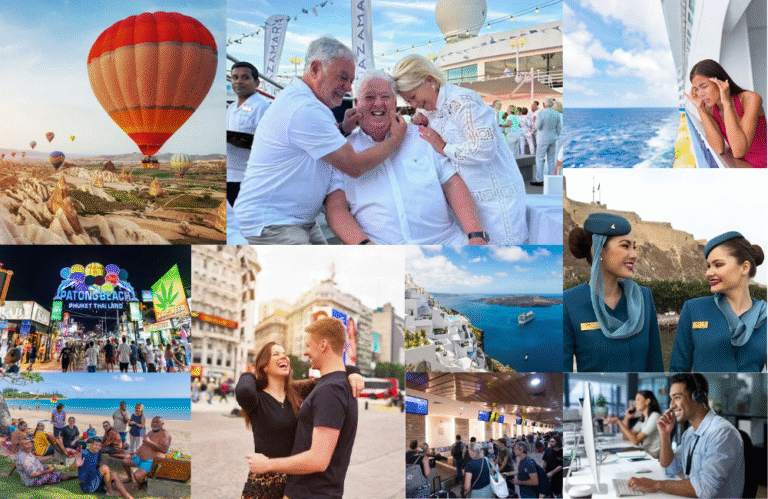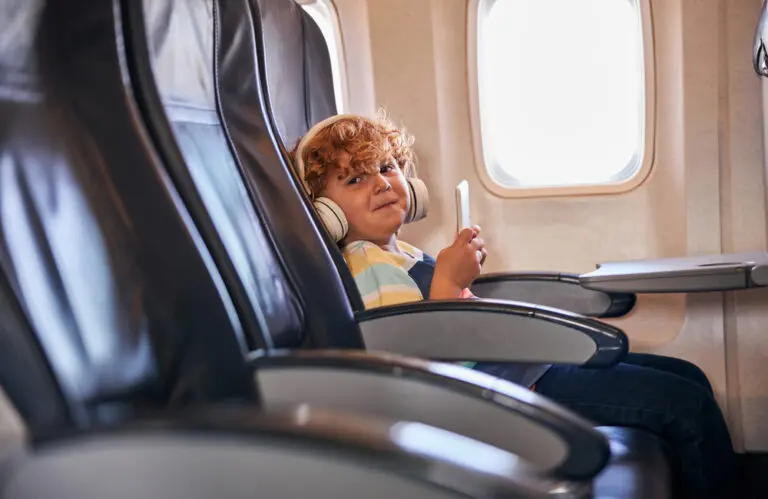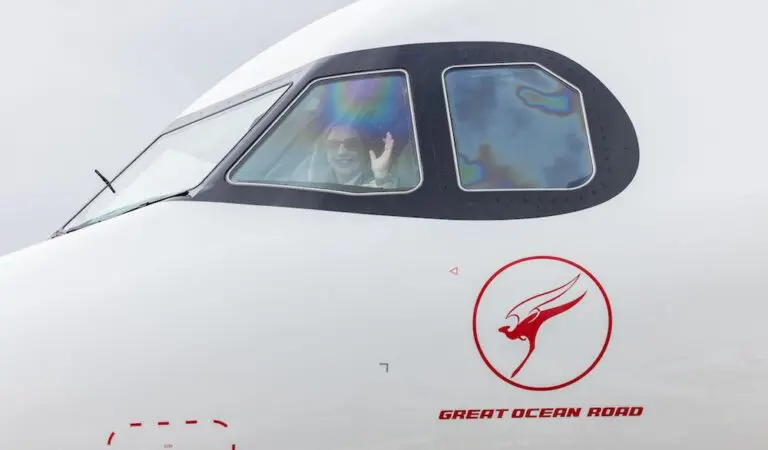The Qantas Group says growing domestic demand and the opening of the two-way trans-Tasman bubble are helping keep Its recovery on track with international travel still set to restart at the end of October 2021.
Thanks to a positive and stable couple of weeks, the Qantas Group says it is revising its 80 per cent estimate of its pre-COVID domestic capacity for April-June and is now expecting this to be beyond 90 per cent, provided there are no significant border closures.
The national carrier says this is all due to strong leisure demand helped by the Federal Government’s half-price fare offer and the return of the majority of corporate and small to medium business travel.
And the domestic capacity bounce is set to continue rising into the financial year 2022, with Jetstar reaching 120 per cent of pre-COVID levels, and Qantas to be at 107 per cent.

In what is fantastic news for Australian travellers, the Group also said that its short-term strategy remains to ‘generate positive cash flow rather than returning to pre-COVID profit margins’ – meaning even more low fares that will continue to stimulate demand.
34 new domestic routes have been added since July last year which now puts the Group’s market share at around 70 per cent.
Speaking about the news, Qantas Group CEO Alan Joyce said, “This is the longest run of relative stability we’ve had with domestic borders for over a year and it’s reflected in the strong travel demand we saw over Easter and the forward bookings that are flowing in each week from all parts of the market.”
“We’re now seeing really positive signs of sustained recovery.” He said.
A growing fleet to meet demand
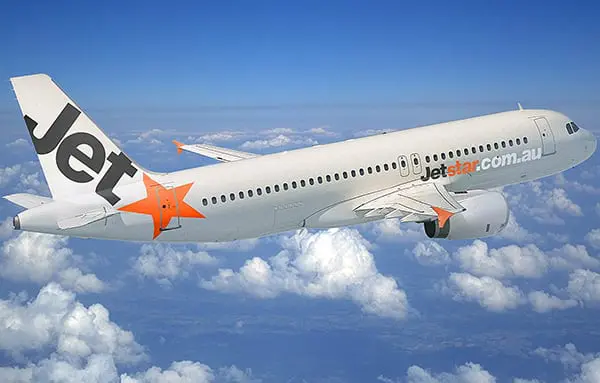
To meet increased demand, Jetstar will deploy six Airbus A320 aircraft on loan from Jetstar Japan on leisure routes.
Jetstar also expects to deploy up to five of its Boeing Dreamliner 787-8 aircraft, usually flown on international routes, in the domestic market from mid-year until international flying returns.
On sale from today, these 335-seat aircraft will initially be flown between Melbourne/Sydney-Gold Coast and Melbourne/Sydney-Cairns.
The Group has also engaged Alliance Airlines to operate three Embraer E190 aircraft from May to provide capacity on existing Qantas routes in northern and central Australia.
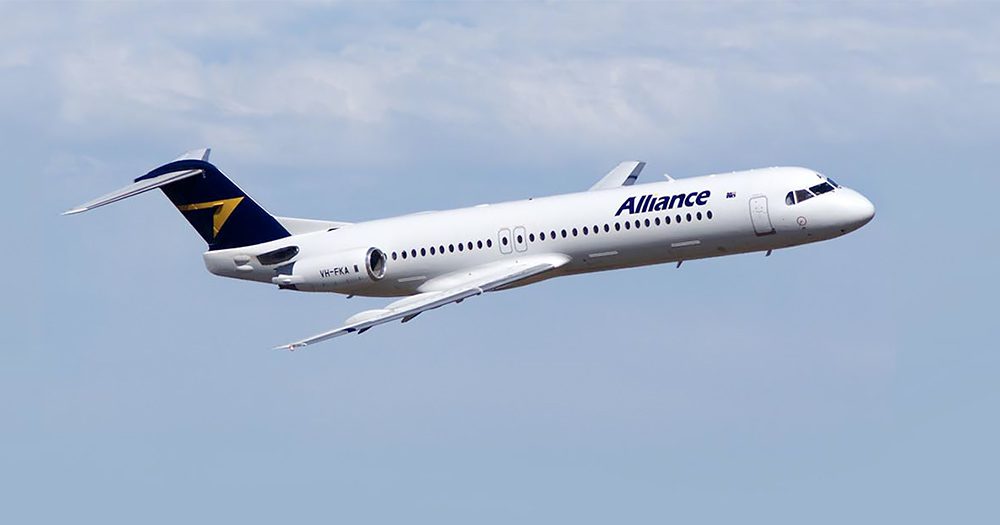
Under an agreement announced earlier this year, Qantas can access up to 14 E190 aircraft from Alliance Airlines, giving it the flexibility to respond to changes in demand.
During the fourth quarter, the airline says 90 per cent of the Group’s aircraft will be active, compared with just 25 per cent at the height of the national lockdown in mid-2020.
Qantas and Jetstar will have more aircraft operating on domestic and resources markets than pre-COVID, including all Boeing 737s and Airbus A320/A321s. Some aircraft that operate international flights including the entire A380 fleet (which are in long-term storage) and some Airbus A330s and Jetstar 787-8s have not resumed flying.
All Qantas’ 787-9 Dreamliners have been reactivated and are operating repatriation flights on behalf of the Australian Government and some freight-only services.
What about the trans-Tasman bubble?
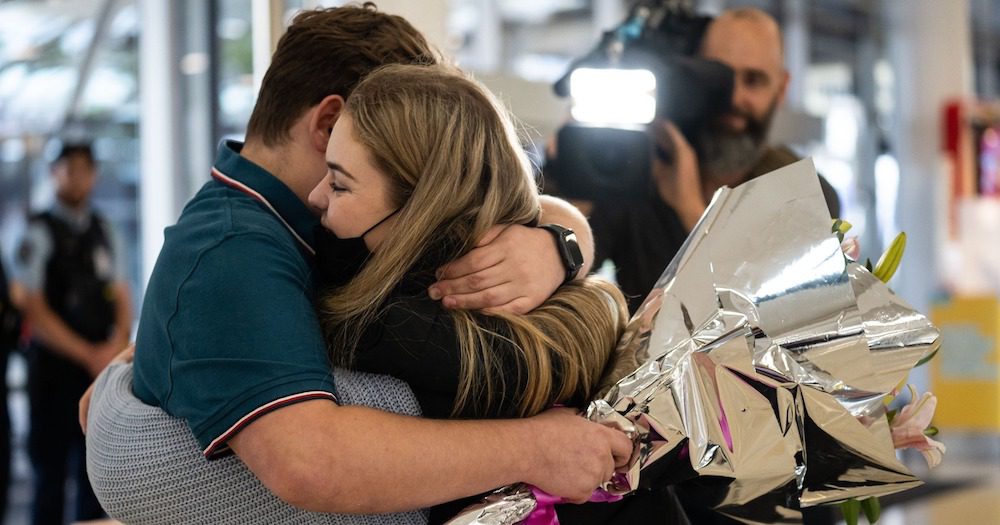
Qantas and Jetstar say they have seen strong demand since the two-way trans-Tasman bubble was announced with tens of thousands of bookings made in the first few days.
The rate of Frequent Flyers using Qantas Points to book seats on the Tasman was 80 times higher than normal for the first four hours.
“The two-way bubble with New Zealand is great news for the tourism sector as a whole. It means we can bring other parts of our business out of hibernation, like our aircraft and First lounges in Australia.” Alan Joyce, CEO Qantas Group
Flight bookings for the first few weeks of travel are stronger out of Australia than New Zealand, with capacity reduced to reflect demand patterns seen during the short two-week booking period.
From late May, Qantas has added more flights to fill gaps left in the market and meet expected demand over the ski season.
Today, Qantas also announced its international First lounges in Sydney and Melbourne along with its Premium Lounge in Brisbane will reopen from 19 April 2021 to coincide with the trans-Tasman travel bubble. These lounges have been closed for more than a year.
Gold frequent flyers along with Business customers and Qantas Club members as well as Platinum One and Platinum members flying on the Tasman will be invited to visit these two First lounges until the airline’s other international lounges reopen.
Will international travel still start in late October 2021?

Qantas says preparations for the reopening of international borders and the resumption of international flights in late October (beyond flights between Australia and New Zealand) are continuing, including reactivating aircraft and training employees.
The Group says it maintains the flexibility to bring forward, push back or stagger the resumption of our international flights to align with any updates to the Australian Government’s COVID-19 vaccine rollout timeline or approach to international travel.
Additional flexibility for Qantas international bookings is in place to allow fee-free flight date changes to enable customers to book flights with confidence. Jetstar offers the option of purchasing FareCredit on bookings which allow passengers to cancel flights for any reason.
“The vaccination program is absolutely key to restarting international flights in and out of Australia. While there have clearly been some speedbumps with the vaccine rollout, we are still planning for international flights to resume in late October. We remain in regular dialogue with the Government.”
Alan Joyce, Qantas Group CEO
“It’s important to keep this uptick in perspective. We are still facing a massive financial loss this year, which will be the second one in a row. We’ve lost more than $11 billion in revenue since the pandemic started and that number will keep growing until international travel recovers.” He said.

